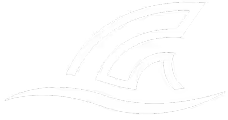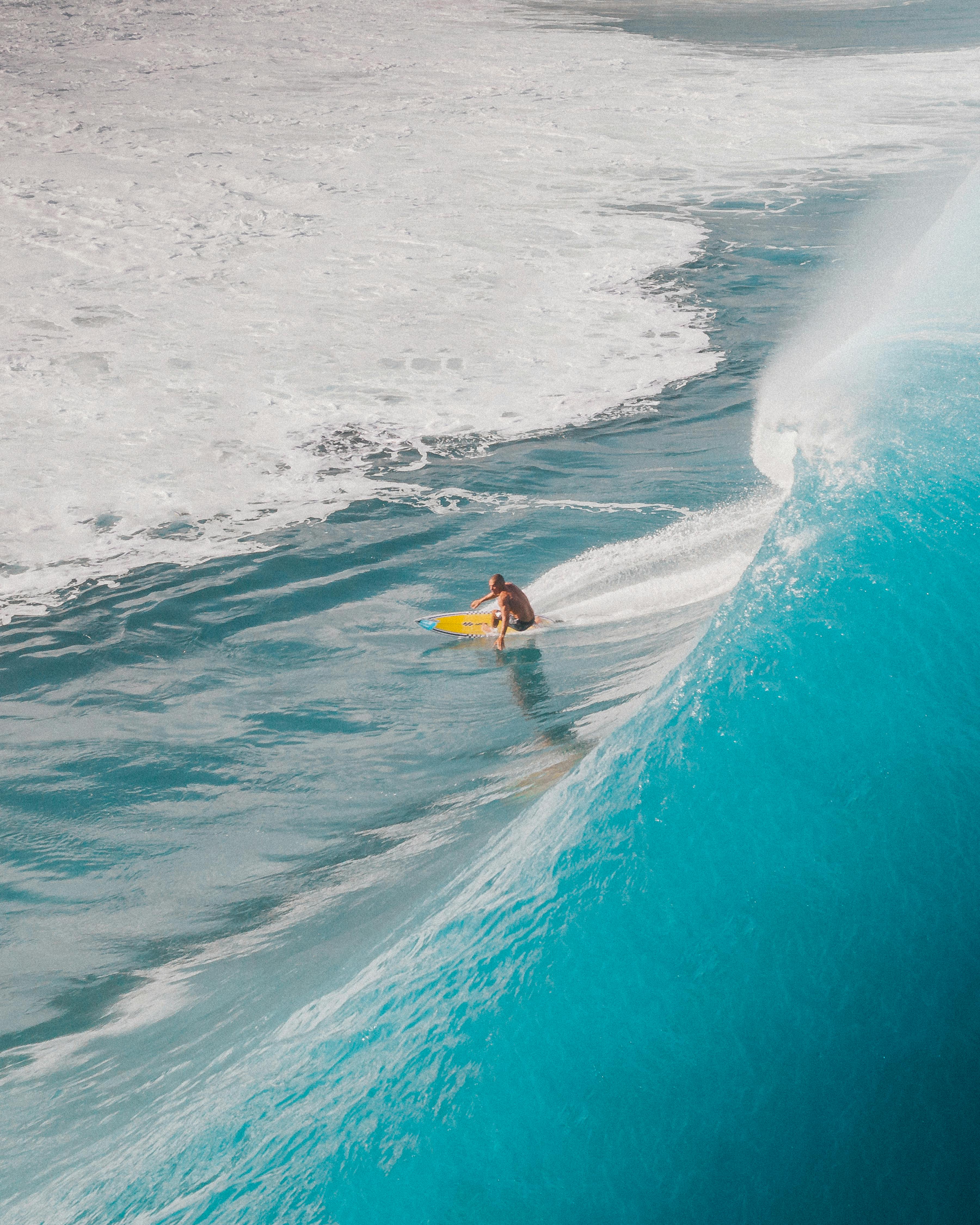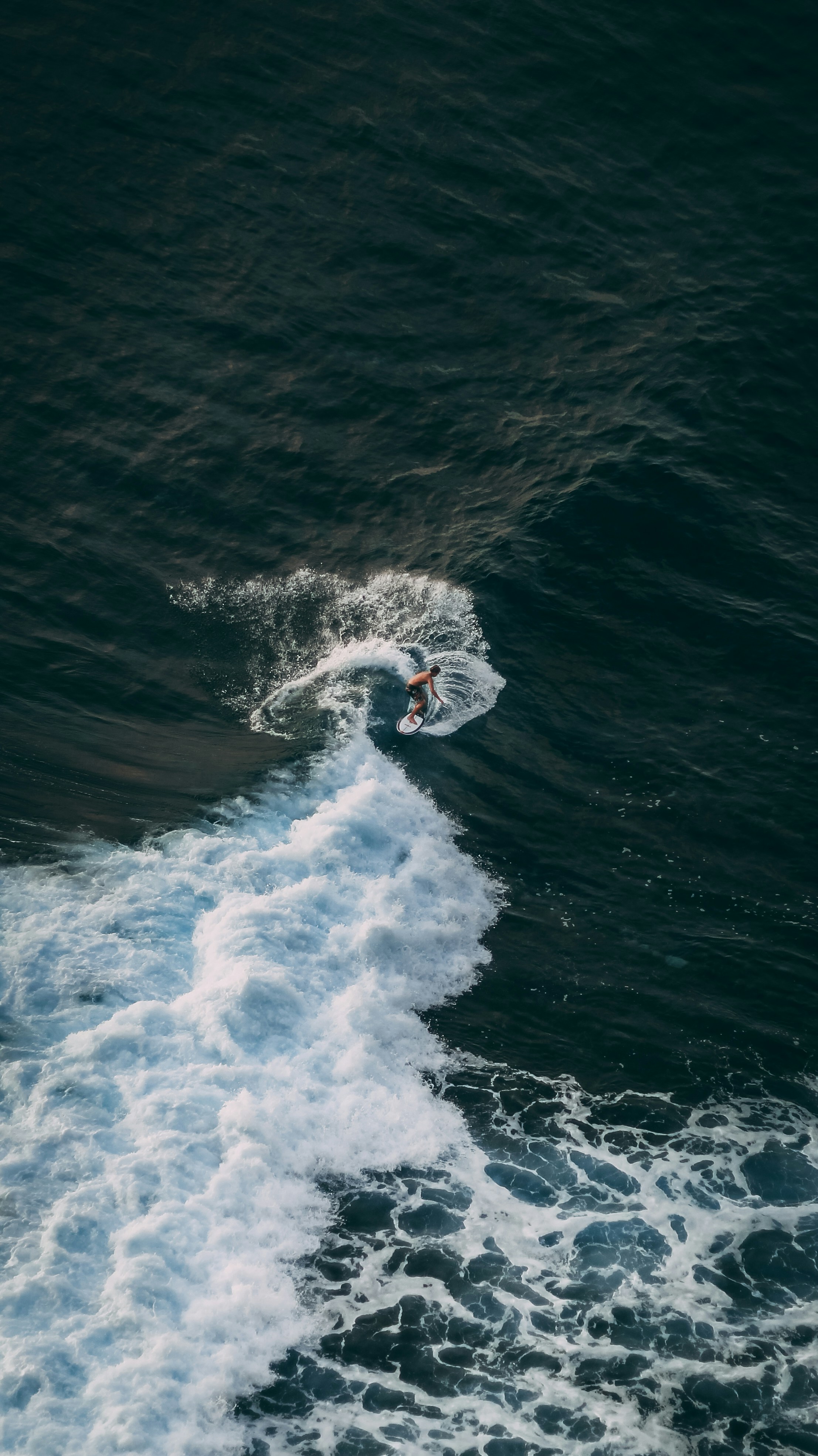What You Think You're Doing – and What You're Actually Doing
You paddle out, get a wave, throw a turn... and it felt pretty good.
Then you watch the footage – and your arm’s flying out, your board’s half-sinking, and the whole thing looks like it came from a beginner’s highlight reel.
Welcome to the gap between perception and reality – the most frustrating and important thing to understand if you’re serious about getting better.
Here’s why it happens – and how to finally fix it.
1. Surfing Feels Different Than It Looks
Surfing is fast. Your brain is juggling balance, timing, movement, and fear – all in a few seconds. What feels like a solid bottom turn might be a rushed, shallow carve. What felt like compression might look like you're standing straight up.
There’s no shame in that – it's just the nature of the sport.
The fix:
– Get video of your sessions. Even a few waves is enough.
– Compare how a good surfer looks doing the same thing you’re attempting.
– Map what you thought happened to what actually happened – that’s where the growth starts.
The tighter that feedback loop, the faster you improve.
2. Most Bad Habits Are Invisible Until You See Them
You can spend years repeating the same small mistake – because it never felt like one.
Common culprits:
– Standing tall instead of compressed
– Pulling your arm too early
– Turning before finishing your bottom turn
– Over-angling the drop or under-rotating the shoulders
Once you see it, it clicks. You remember what it felt like – and can rewire from there.
That’s why surfers plateau for years – and then leap ahead in a month with coaching.
3. You Need a Cue – Not a Critique
Even with footage, most surfers don’t know what to fix. They just know it doesn’t look right.
That’s where deliberate practice comes in. The goal isn’t to surf harder – it’s to focus on one cue, and reinforce it until it sticks.
Example:
– Backhand surfer doesn’t finish turn – cue: “Punch the front arm all the way to the pocket.”
– Surfer turns flat – cue: “Flirt with the flats, don’t marry them.”
– Surfer mistimes extension – cue: “Pull, then throw.”
Deliberate cues create deliberate change – without overwhelming you.
4. Land-Based Practice Builds Awareness Before You Even Paddle Out
This is why good surf coaches use surf skates, cones, even shadow drills in the car park. Not because they’re gimmicks – but because they train your body to understand what right feels like.
If your default pattern is wrong, you can’t fix it by surfing more. You fix it by practicing the new pattern until it becomes your baseline.
Reps matter – and dry land gives you unlimited ones.
How TRAX Helps Close the Feedback Loop
TRAX was built for this exact problem.
It’s a smart sensor system that tracks:
– Your turn angles and body compression
– How long you hold your bottom turn
– Where you shift weight – and where you don’t
– Where your speed dies mid-turn
Even without video, it shows what’s actually happening – and what needs to change.
Then it gives you targeted drills to retrain bad habits and reinforce better movement. Think of it as a coach who remembers what you did – and knows what to suggest next.
If you want to surf better – not just feel better – you need feedback.
Sign up now for early access to TRAX and start turning perception into progress.
Fix Your Surf Pop-Up – Think you’ve nailed the basics? These 4 mistakes still trip most surfers up.
Why You’re Not Really Surfing the Waves You Catch – You’re standing, sure — but are you surfing?








